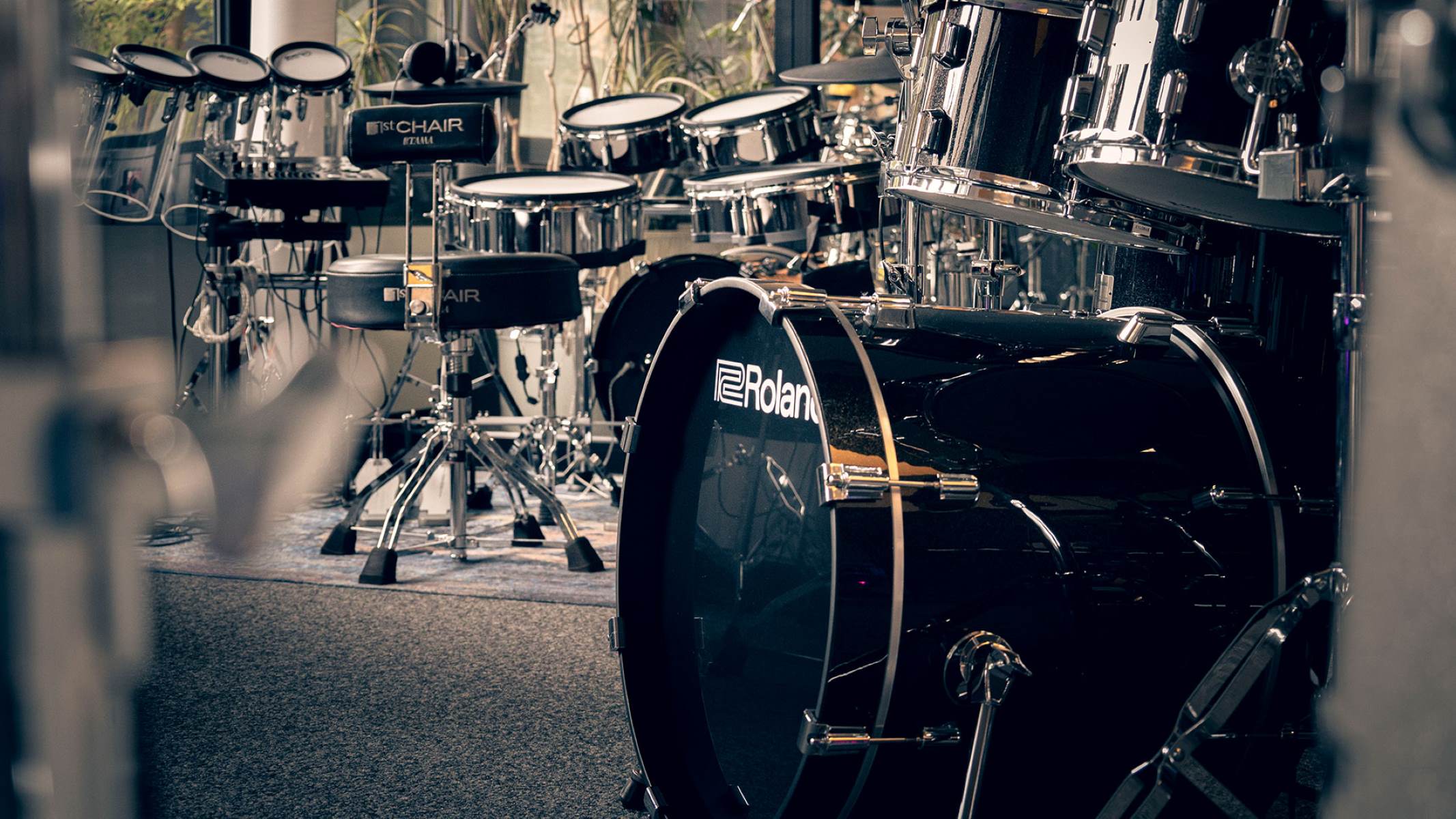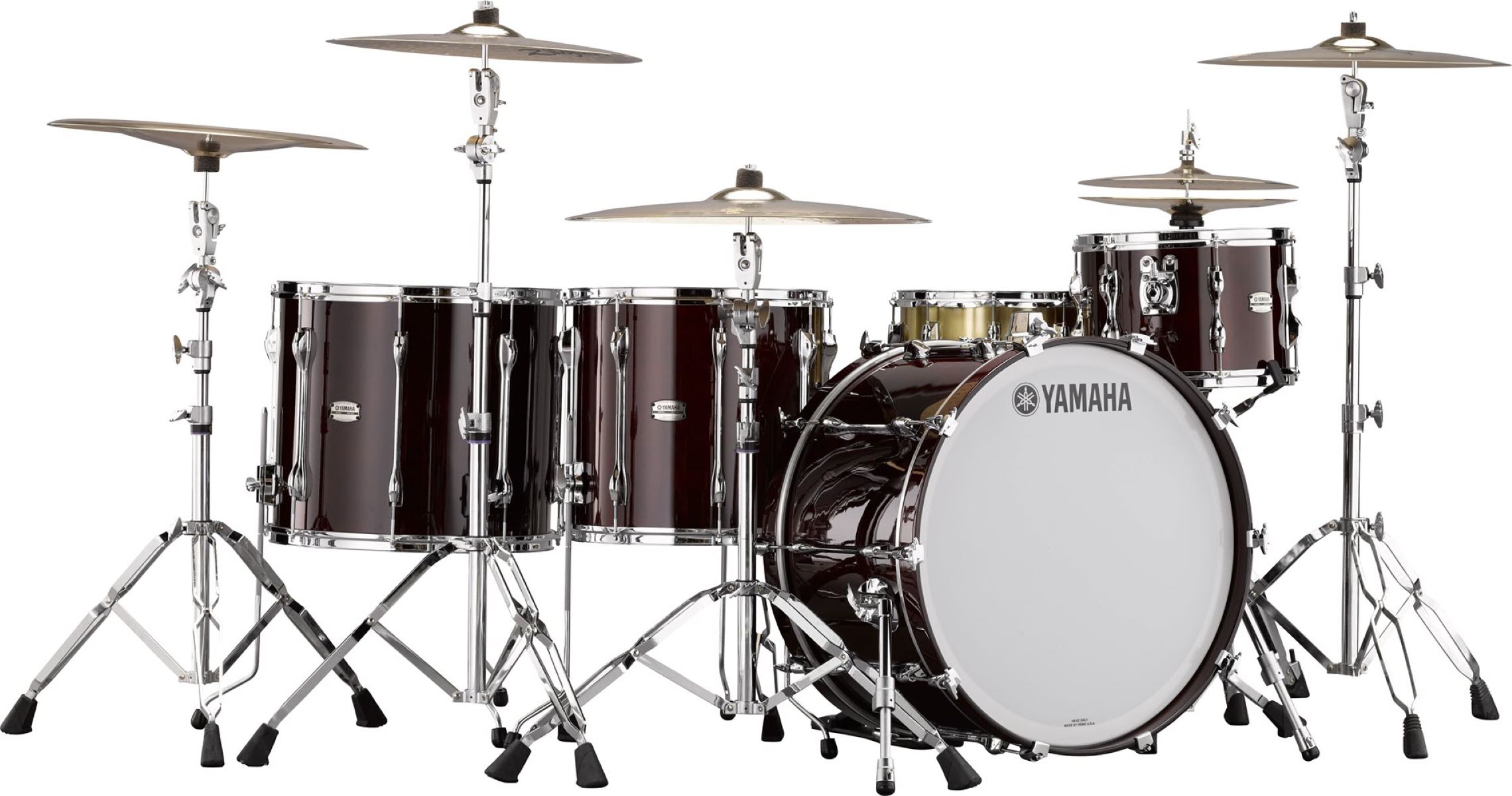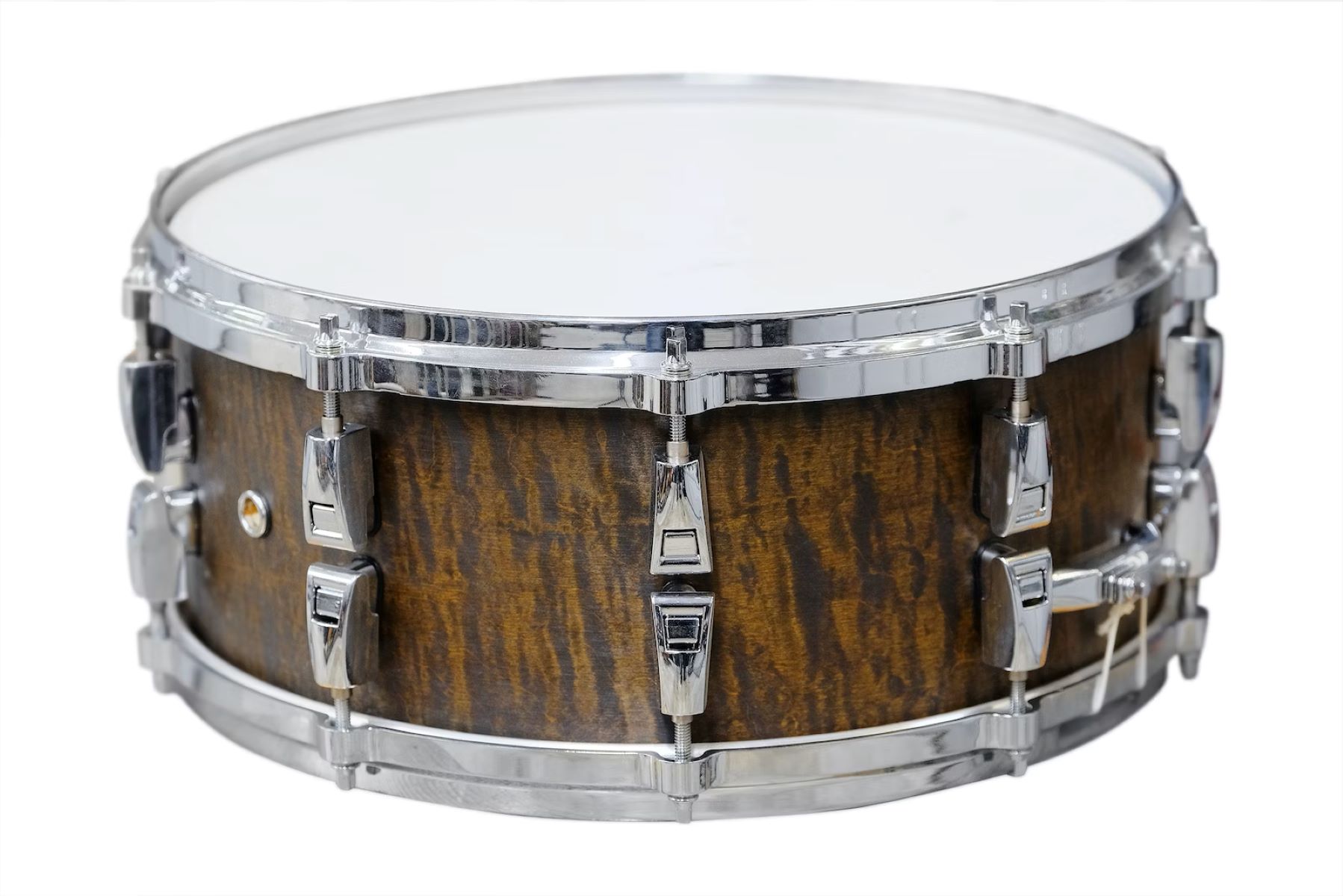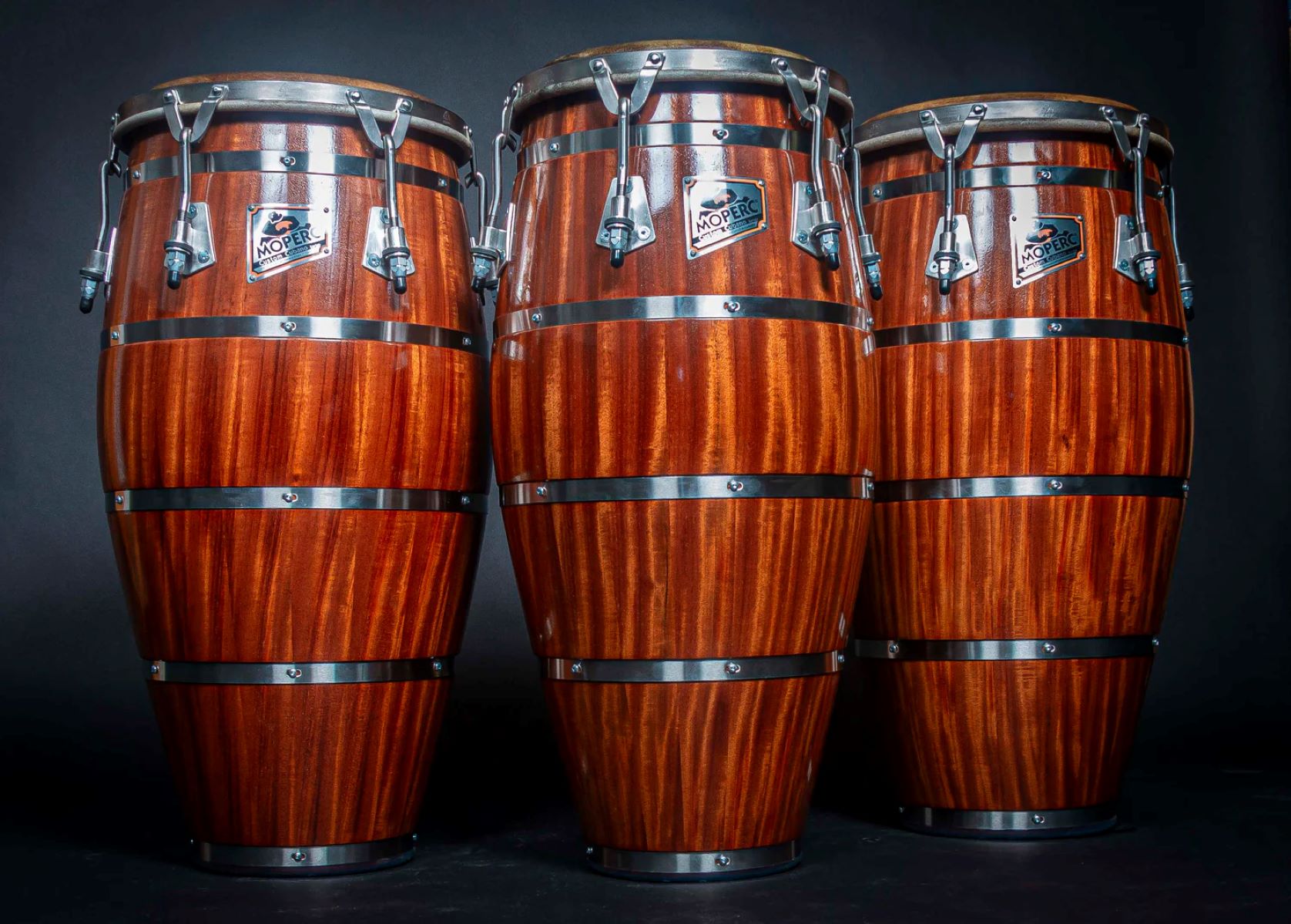Home>Instruments>Drums>What Are Moon Gels For Drums
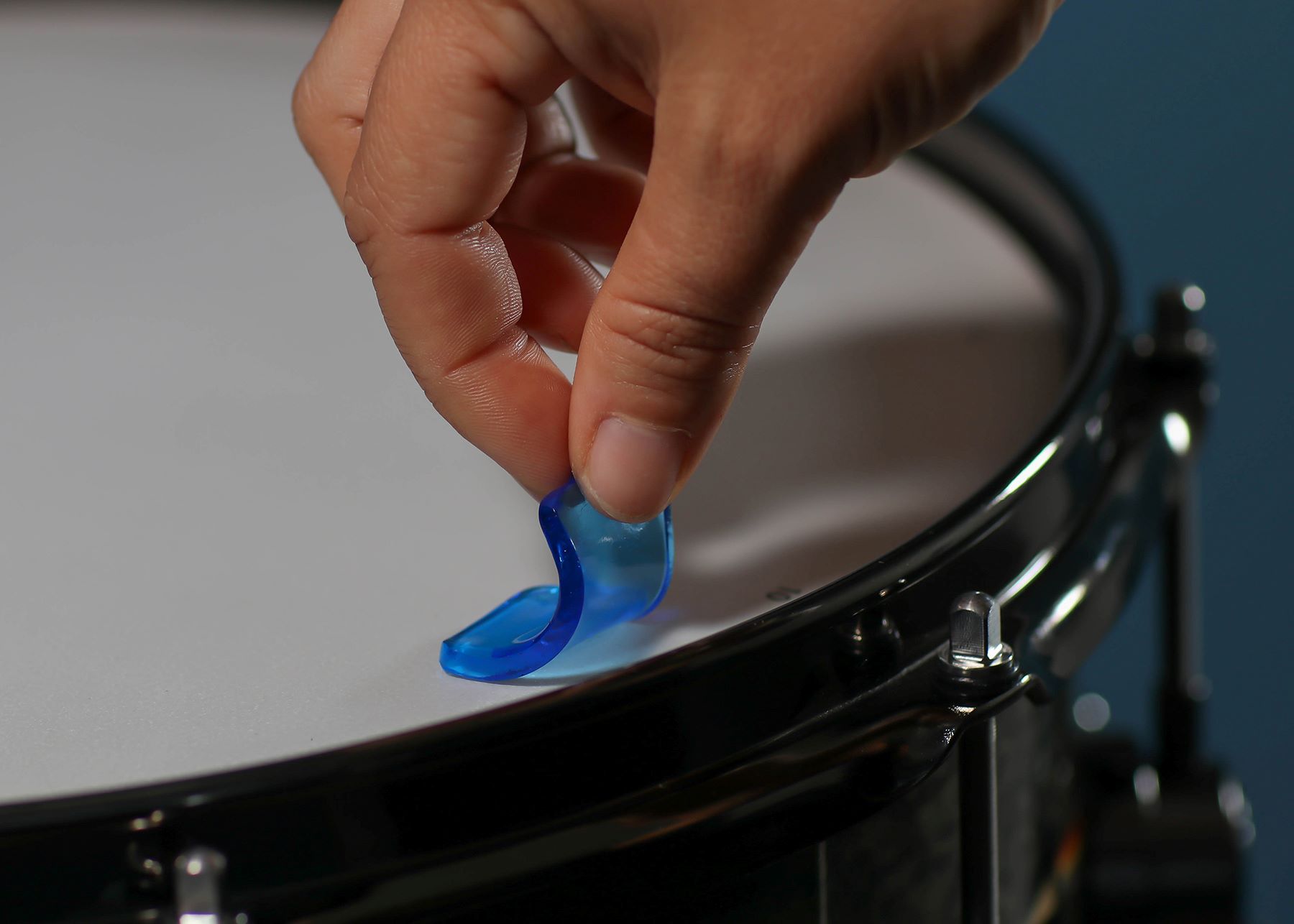

Drums
What Are Moon Gels For Drums
Published: February 7, 2024
Learn how to use moon gels for drums to control overtones and improve the sound quality of your drum set. Get expert tips and techniques for using moon gels effectively.
(Many of the links in this article redirect to a specific reviewed product. Your purchase of these products through affiliate links helps to generate commission for AudioLover.com, at no extra cost. Learn more)
Table of Contents
Introduction
What Are Moon Gels for Drums?
If you're a drummer, you're likely always on the lookout for ways to enhance your sound. Whether you're a seasoned professional or just starting out, achieving the perfect tone can be a lifelong pursuit. One popular tool used by drummers to manipulate their sound is the humble yet highly effective moon gel. But what exactly are moon gels, and how do they work?
In this article, we'll delve into the world of moon gels for drums, exploring their purpose, functionality, and the benefits they offer to drummers of all skill levels. Additionally, we'll provide practical insights on how to use moon gels to optimize the sound of your drum kit. By the end of this read, you'll have a comprehensive understanding of moon gels and how they can elevate your drumming experience.
So, let's embark on a rhythmic journey into the realm of moon gels and discover the secrets they hold for shaping and refining the sonic landscape of your drum kit.
What Are Moon Gels?
Moon gels are a type of drum dampening product used to control the resonance and sustain of percussion instruments, such as drums and cymbals. These small, circular gel pads are typically made from a non-toxic, adhesive material that adheres to the surface of drumheads and cymbals. Their pliable nature allows drummers to easily apply and reposition them according to their sound preferences.
Originally developed by the company RTOM Corporation, moon gels have gained widespread popularity among drummers for their ability to alter the tonal characteristics of drums, resulting in a more focused and controlled sound. The name “moon gels” is derived from their translucent appearance, resembling the shape and texture of a lunar surface.
Unlike traditional drum dampening methods, such as using tape, cloth, or foam, moon gels offer a reusable and customizable solution for tailoring the sound of drums. They are available in various thicknesses, allowing drummers to fine-tune the level of dampening applied to their drumheads and cymbals. Additionally, their non-invasive application ensures that the integrity of the drumheads remains intact, making them a versatile and non-destructive dampening option.
One of the defining features of moon gels is their versatility. They can be used on a wide range of drums, including snare drums, tom-toms, and bass drums, as well as on cymbals to control their sustain and overtones. Whether you’re aiming for a tight, punchy sound with quick decay or seeking to minimize unwanted ringing and resonance, moon gels offer a practical and effective solution for shaping the acoustic characteristics of your drum kit.
Now that we’ve uncovered the essence of moon gels, let’s explore how these innovative accessories work to transform the sonic landscape of drums and cymbals.
How Do Moon Gels Work?
Moon gels operate on the principle of dampening vibrations within the drumhead or cymbal, thereby altering the sound produced. When a drum is struck, the drumhead vibrates, producing a range of frequencies and overtones. While these vibrations contribute to the rich and dynamic nature of the drum’s sound, they can also lead to excessive resonance and sustain, resulting in a less defined and controlled tone.
By strategically placing moon gels on the drumhead or cymbal surface, drummers can mitigate these unwanted vibrations, effectively shaping the sound to align with their sonic preferences. The pliable nature of moon gels allows for precise positioning, enabling drummers to target specific areas of the drumhead where excessive resonance occurs. This level of customization empowers drummers to fine-tune the tonal characteristics of their drums, creating a more focused and articulate sound.
When a moon gel is applied to a drumhead, it absorbs a portion of the drumhead’s vibrations upon impact, reducing the sustain and controlling the resonance of the drum. This results in a shorter decay and a more pronounced attack, ideal for genres and playing styles that require a tighter and more controlled sound. Similarly, when used on cymbals, moon gels can attenuate the sustain and diminish unwanted overtones, allowing for a clearer and more defined cymbal sound.
Furthermore, the reusability of moon gels makes them a cost-effective and sustainable solution for drum dampening. Unlike traditional methods that may require frequent replacement or modification, moon gels can be easily removed, repositioned, and reused, providing drummers with a versatile and long-lasting tool for sound manipulation.
As we unravel the mechanics behind moon gels, it becomes evident that these unassuming gel pads wield a remarkable influence over the sonic characteristics of drums and cymbals. Now, let’s delve into the array of benefits that drummers can reap from incorporating moon gels into their percussion arsenal.
Benefits of Using Moon Gels
Drummers who incorporate moon gels into their setup can enjoy a myriad of benefits that contribute to an enhanced playing experience and refined sound quality. Let’s explore the advantages of using moon gels to shape and control the acoustic properties of drums and cymbals.
- Enhanced Control: Moon gels provide drummers with the ability to exert precise control over the resonance and sustain of their drums and cymbals. This level of control allows for the creation of a more focused, articulate sound, particularly beneficial in recording and live performance settings.
- Customizable Sound: With varying thicknesses and the option to reposition them as needed, moon gels offer a high degree of customization in tailoring the sound of drums and cymbals. Whether aiming for a tight, punchy sound or seeking to minimize overtones, drummers can adjust the placement and quantity of moon gels to achieve their desired sonic characteristics.
- Versatility: Moon gels can be utilized across a range of drum types, including snare drums, tom-toms, and bass drums, as well as on cymbals. This versatility makes them a valuable tool for achieving consistent sound control throughout an entire drum kit.
- Reusable and Non-Damaging: Unlike traditional dampening methods that may leave residue or damage drumheads, moon gels are reusable and non-invasive. They can be easily removed and reapplied without leaving any marks or affecting the integrity of the drumheads, offering a sustainable and cost-effective solution for sound manipulation.
- Portability: Moon gels are lightweight and compact, making them highly portable and convenient for drummers who frequently transport their kits for gigs or rehearsals. Their ease of application and removal ensures that drummers can quickly adjust their sound in various performance environments.
By harnessing the benefits of moon gels, drummers can elevate their playing experience, achieve greater sonic precision, and adapt their sound to suit a diverse range of musical styles and performance scenarios. Now, let’s uncover the practical aspects of using moon gels on drums and cymbals to maximize their sonic potential.
How to Use Moon Gels on Drums
Utilizing moon gels to optimize the sound of drums involves a thoughtful and strategic approach. By following these practical guidelines, drummers can effectively harness the potential of moon gels to achieve their desired sonic outcomes.
- Assessing Sound: Before applying moon gels, it’s beneficial to assess the current sound characteristics of the drums and cymbals. Identify areas where excessive resonance or unwanted overtones are present, as this will guide the placement of the moon gels to address specific sonic issues.
- Placement: Moon gels can be strategically placed on the drumheads and cymbals to target areas of vibration and resonance. Experiment with different placements to determine the optimal positioning for achieving the desired sound. For instance, on a snare drum, applying a moon gel near the drum’s edge can help control overtones, while placing it at the center can alter the overall sustain and decay.
- Quantity and Thickness: The quantity and thickness of moon gels used can significantly impact the sound of drums and cymbals. For drums requiring more dampening, such as a snare drum used in rock or metal genres, multiple moon gels or thicker pads may be necessary. Conversely, lighter applications may be suitable for achieving a more subtle and nuanced sound.
- Experimentation: Embrace experimentation when using moon gels. The beauty of these accessories lies in their versatility and adjustability. Try different configurations, quantities, and placements to discover the optimal setup that aligns with your sonic preferences and playing style.
- Monitoring Sound Changes: As moon gels are applied and adjusted, carefully monitor the changes in sound. Pay attention to the sustain, resonance, and overall tonal characteristics of the drums and cymbals. This attentive approach allows for real-time adjustments and refinements to achieve the desired sound.
By following these guidelines and engaging in a process of attentive experimentation, drummers can harness the full potential of moon gels to sculpt their ideal drum and cymbal sounds. Whether in the studio, on stage, or during practice sessions, the adaptability of moon gels empowers drummers to consistently refine and tailor their sound to suit diverse musical contexts.
Conclusion
As we conclude our exploration of moon gels for drums, it’s evident that these unassuming gel pads wield a remarkable influence over the sonic landscape of percussion instruments. From offering precise control over resonance and sustain to providing a customizable and non-invasive solution for sound manipulation, moon gels have become indispensable tools for drummers seeking to refine their sonic palette.
By understanding the mechanics behind moon gels and embracing their versatile nature, drummers can unlock a world of sonic possibilities, tailoring their drum and cymbal sounds to suit a diverse range of musical genres and performance settings. The ability to fine-tune the tonal characteristics of drums with such precision empowers drummers to craft a sound that resonates with their artistic vision.
Furthermore, the portability and reusability of moon gels make them practical companions for drummers on the move, ensuring that their sonic preferences can be upheld across various performance environments without compromise. Whether in the studio, on stage, or during practice sessions, moon gels offer a consistent and adaptable solution for achieving the desired sound.
As drummers continue to explore new sonic frontiers and expand their creative horizons, moon gels stand as reliable allies in the pursuit of sonic excellence. Their ability to shape and refine the acoustic properties of drums and cymbals exemplifies the marriage of innovation and practicality in the realm of percussion accessories.
In essence, moon gels represent more than just gel pads; they embody the pursuit of sonic perfection and the unwavering dedication of drummers to craft a sound that resonates with depth and clarity. As drummers across the globe embrace the transformative power of moon gels, the rhythmic landscape continues to evolve, enriched by the nuanced and expressive sounds sculpted through the art of drumming.
So, whether you’re a seasoned professional or an aspiring drummer, consider the boundless potential that moon gels hold for shaping your sonic identity, and embark on a rhythmic journey that transcends the ordinary, guided by the subtle yet profound influence of moon gels for drums.

